In Sonoma County, California, residents like Nichola Schmitz face hefty fines—$25,000 paid and $10,000 more pending—after county drones with high-powered cameras scoured their properties without warrants. A new lawsuit from the ACLU of Northern California alleges that Permit Sonoma’s drone program, which has flown over 700 missions and captured 5,600 images, violates privacy rights by peering into homes and yards, raising concerns for drone professionals and homeowners alike, reports Forbes.
Drone Technology and Privacy Concerns
Permit Sonoma’s drones, equipped with cameras boasting up to 56x zoom and thermal imaging with 200x zoom, can capture detailed images from as low as 25 feet (7.6 meters) above ground. These tools, capable of seeing through structures, have recorded private spaces like fenced yards and hot tubs. The ACLU lawsuit claims these low-altitude flights infringe on residents’ privacy, with one county official admitting, “When we see something like that, we turn around.” This capability alarms drone operators, as it highlights the potential for advanced drone tech to be misused in civilian surveillance, undermining TRUST in the industry.
Shift from Cannabis to Code Enforcement
Originally funded by a grant to target illegal cannabis cultivation, Sonoma County’s drone program has pivoted. In 2022, 96% of flights focused on cannabis, but by 2023, nearly half targeted other code violations, such as Schmitz’s unpermitted cabin and grading issues. This shift has generated over $3 million (USD) in cannabis-related fines, with one homeowner facing $150,000 in penalties. Drone professionals note this trend could reshape the industry, as municipalities increasingly deploy drones for regulatory enforcement, potentially sparking stricter FAA oversight or public backlash.
Legal and Regulatory Implications
The ACLU lawsuit argues that Sonoma County’s warrantless searches violate California’s constitutional protections, bypassing the need for probable cause. Internal documents reveal officials considered but rejected obtaining warrants, opting only to follow FAA rules and avoid “intentionally” recording people. This approach contrasts with traditional code enforcement, which typically responds to neighbor complaints. The lawsuit, likely headed to the California Supreme Court, could set a precedent for drone use nationwide, impacting how drone operators navigate airspace and privacy laws. A Michigan case, where warrantless drone searches were upheld in civil zoning disputes, underscores the Legal ambiguity.
Economic and Operational Impacts
For residents, fines accumulate daily without caps, creating financial burdens, especially for inherited properties like Schmitz’s, where obscure code violations are common. Drone-based enforcement, unlike complaint-driven methods, allows counties to proactively “fish” for violations, boosting revenue but eroding public trust. For drone professionals, this controversy could lead to tighter regulations, limiting operational flexibility or requiring costly compliance measures. Recreational pilots may also face heightened scrutiny, as public perception of drones sours.
Looking Ahead
As Drone Technology advances, its use in code enforcement highlights a tension between innovation and privacy. The Sonoma County case, with its high-stakes fines and constitutional questions, serves as a cautionary tale for the Drone Industry. Professionals and enthusiasts must advocate for clear, balanced regulations to prevent misuse while preserving drones’ benefits. The California Supreme Court’s eventual ruling could redefine how drones operate in America’s skies, ensuring that freedom and privacy remain intact.
Photos courtesy of Drone Supremacy.
Discover more from DroneXL.co
Subscribe to get the latest posts sent to your email.


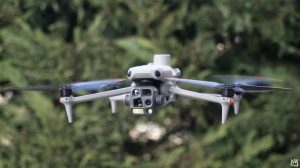


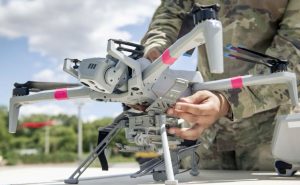







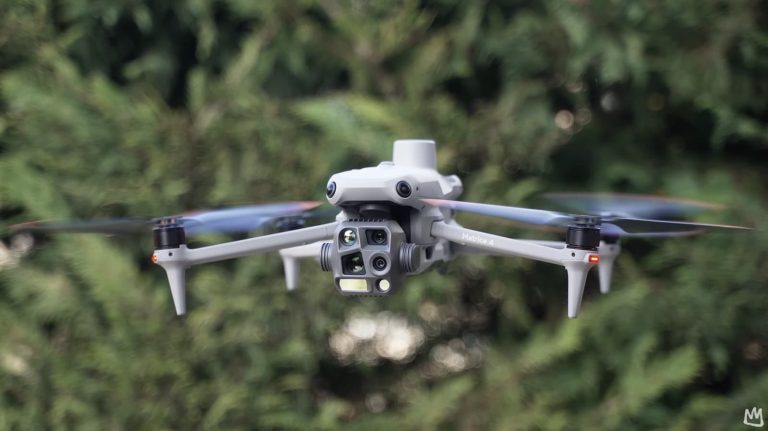

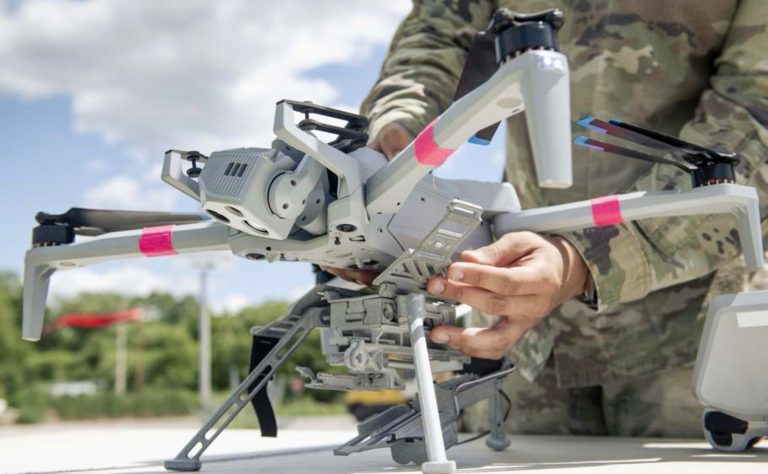
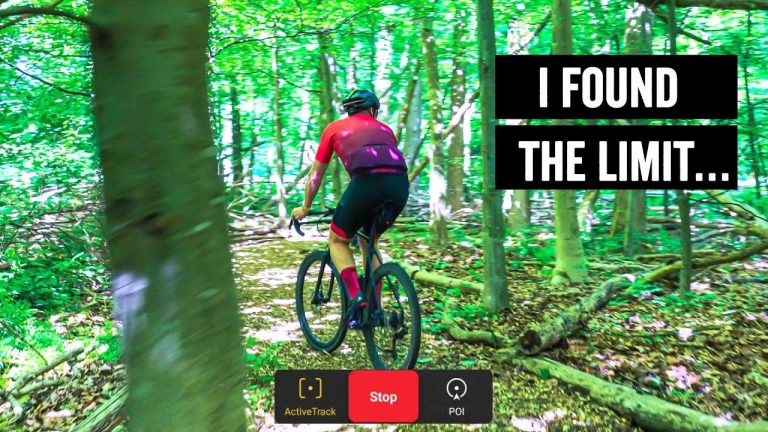

+ There are no comments
Add yours